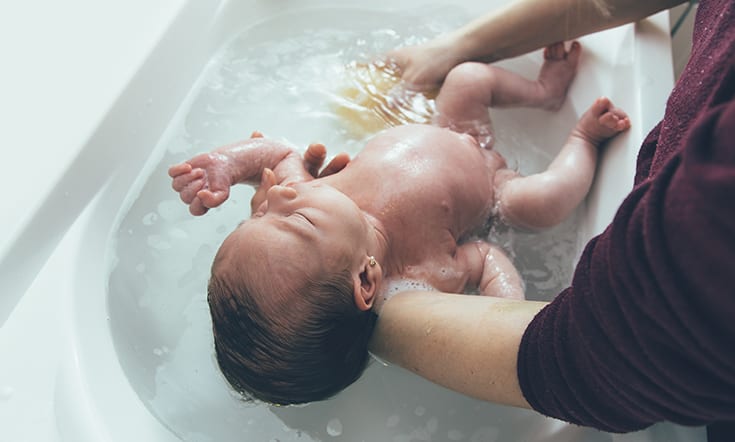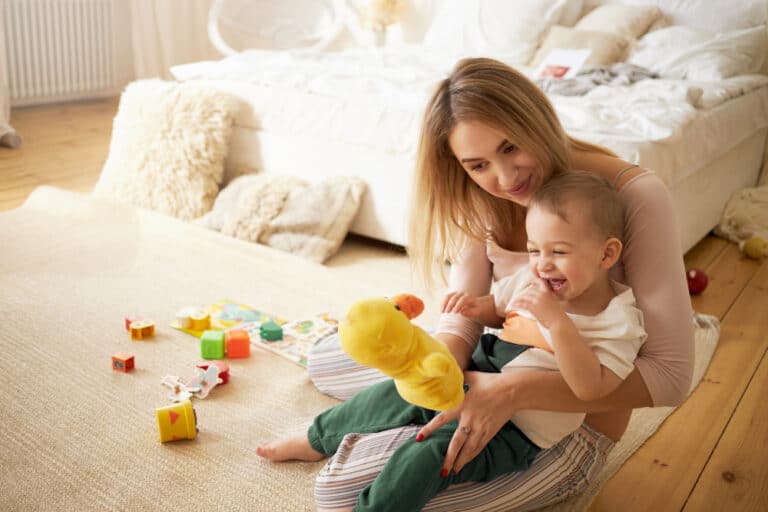Babies are born with soft and delicate skins that call for proper care and attention to keep them healthy. If you are a new mum that is not sure how to go about taking care of their precious baby’s skin, we’ve got you. Here are some newborn bathing and skin care tips
When do you start?
In the past few years, the timing of the baby’s first bath has changed. Back in the day, people would bathe babies even within an hour after birth. However, the policies are now changing. Following WHO recommendations, people are delaying the first bath by up to a day. For the first bath, you need to do sponge baths. Bathe your baby in a tub of water only after the umbilical cord stump dries and falls off. That is to prevent infections.
How to Sponge baths
Sponge baths are more or less like regular baths. The only difference is that you are not putting your baby in the water. First, gather all your baby bath supplies and have them within reach. The room should be warm and without drafts. Lay the baby on a flat and comfortable surface like a bed or changing table. Use a clean, soft, damp cloth to wipe their body, starting with the face. Do not get water in their mouth or eyes. Ensure that you keep the baby warm the entire time.
You can do that by wrapping them in a dry towel and only uncovering the parts you are actively washing so that they keep warm. Do not forget the creases behind the ears, under the arms and around the neck. When bathing a newborn, you need to be careful and follow the cord care instructions to avoid infections. For the hair, use a soft baby brush to comb through. It should not concern you if the baby cries during the first few baths. They will soon get used to it.
When do you start regular baths?
Your baby is ready for a regular bath once their cord stump falls off. Be gentle and brief, more so with their first bath. If the baby resists it too much, you might consider going back to sponge baths and try again in a week or two.
How to Regular baths
Start by gathering all the baby bath supplies and have them within reach so that you keep your baby at hand during the entire bath time. If you forget something, take your baby with you to get it. Ensure that you are using an infant tub or sink. A hard plastic bathtub with a sloped and textured surface is most effective since it prevents the baby from sliding.
Fill the basin with warm water. Not hot. You can feel the temperature with your elbow or wrist. You may also use a thermometer to check the temperature. It should be no more than 120 degrees Fahrenheit. Undress the baby and put her in the water immediately so that they don’t get cold. Their face and most of their body need to be above the water level for safety. Use a soft cloth to wipe their body gently. If using soap, use it sparingly to avoid drying out your baby’s skin.
After bath time is over, remove them from the water and wrap a towel around them to keep them warm. Pat them dry and apply some fragrance-free, hypoallergenic baby lotion.
How frequent should they have baths?
Newborns do not get dirty often. Bathing them two to three times a week should be enough. Frequent bathing could lead to dry skin and put them at risk of eczema.
When should you bathe them?
You can bathe your baby any time of the day. However, incorporating bath time into their bedtime routine helps them sleep soundly.
Wrapping up
The skin of a newborn baby is sensitive. To care for their skin, follow the best bathing practices and only use products whose ingredients are safe for your baby.










![Home Renovation Guide [2025]](/app/uploads/2021/04/design-hacks-1-378x300.jpg)
